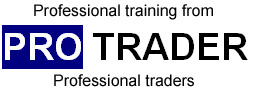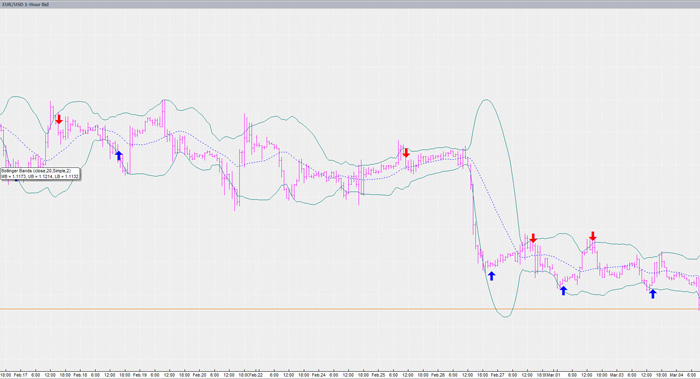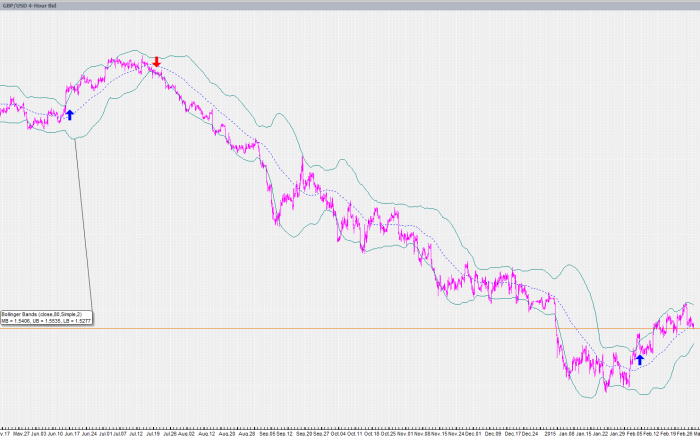Here are a few thoughts about trading that I have learnt over the years:
In trading all of the analysis boils down to just three simple decisions, whether to go long, whether to go short or whether to do nothing. When the market is rising the best strategy is to be buying. When the market is falling the best strategy is to be a seller and when the market is moving sideways the wise man will do nothing. Virtually all trading systems make a large proportion of their total profits from some form of trend whether that occurs over minutes hours or days.
Trading is probabilistic and there are never any certainties. So you must always think in terms of probabilities. Never think – is this trade going to be a winner or a loser ? Operate with a sound proven systematic methodology then think if I repeat this action hundred times will I, on balance, be better off or worse off. On any individual trade you can make all the “right” decisions and still end up losing money because of the pure randomness of the market and outcomes. But over one hundred trades if you make all the right decisions using a methodology with a proven statistical edge you will almost certainly end up making money. This is because that whilst the probabilities can be upturned over small sample sizes they can never be beaten over much larger sample sizes. You cannot beat the probabilities over the long term so make sure they favour you.
Be cautious about the value of all the tips and financial articles that you read. The old expression “if it is in the press it is already in the price” is very true. By the time you and I get access to such information and have completed our analysis price will already have responded to that news. Also if you receive a tip to enter a market unless they will also tip you when it is time to exit the market you are probably no better off. The money is made more on the exits than on the entries. It has been shown statistically that you can have random entries but with a good exit strategy will still make money. Conversely no matter how good your entry strategy is, if you are using a random exit strategy, you will not make money.



